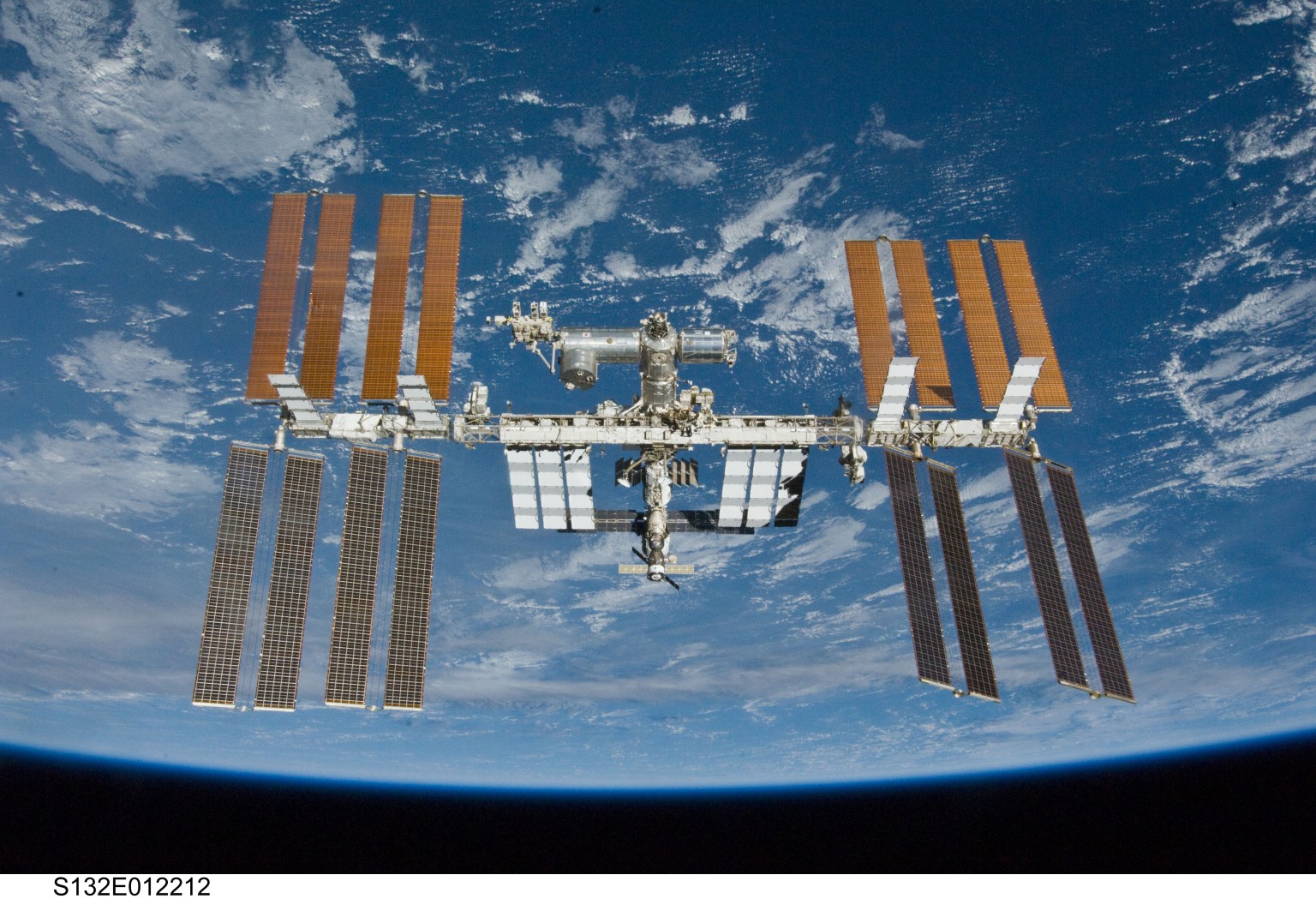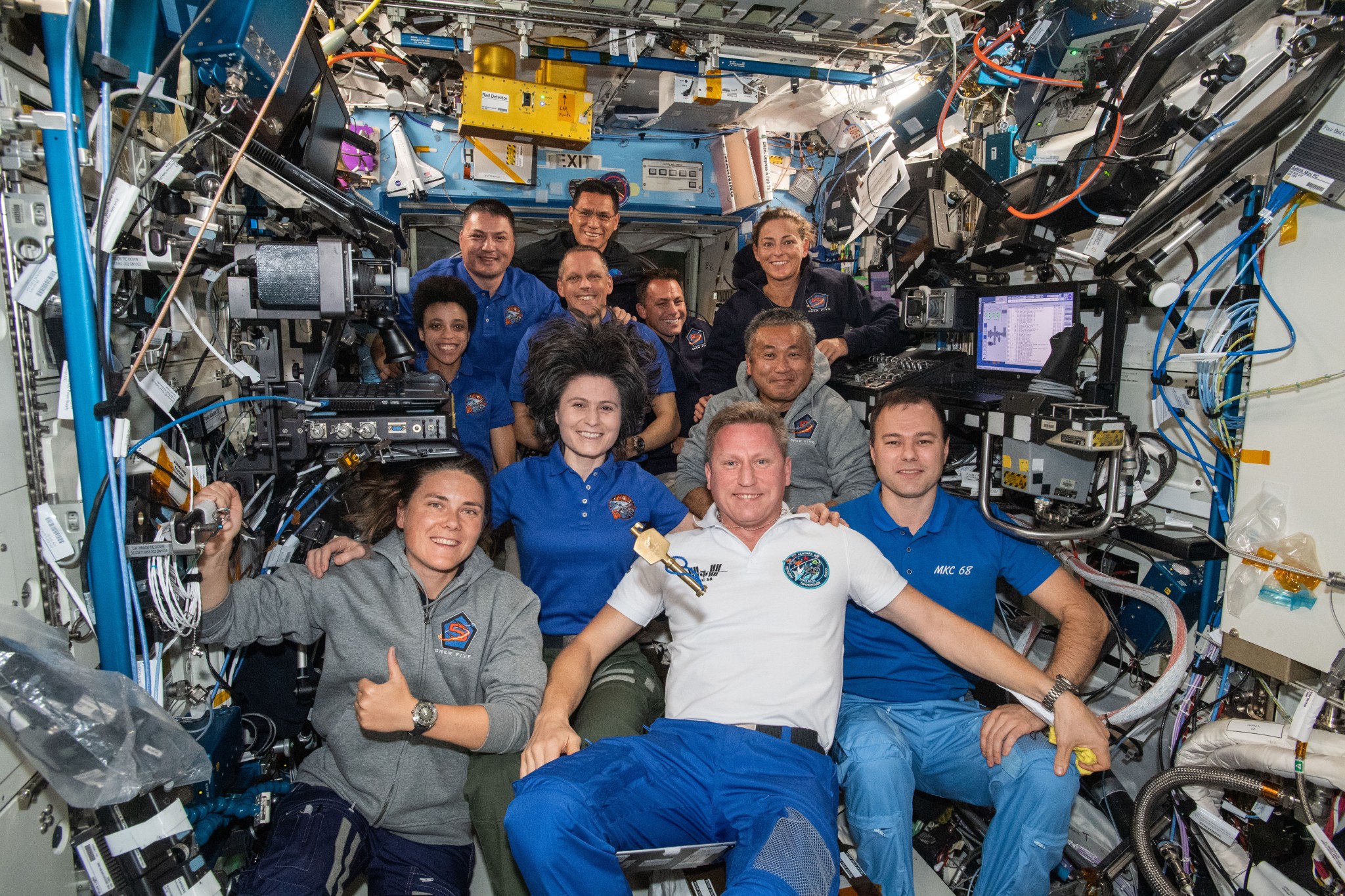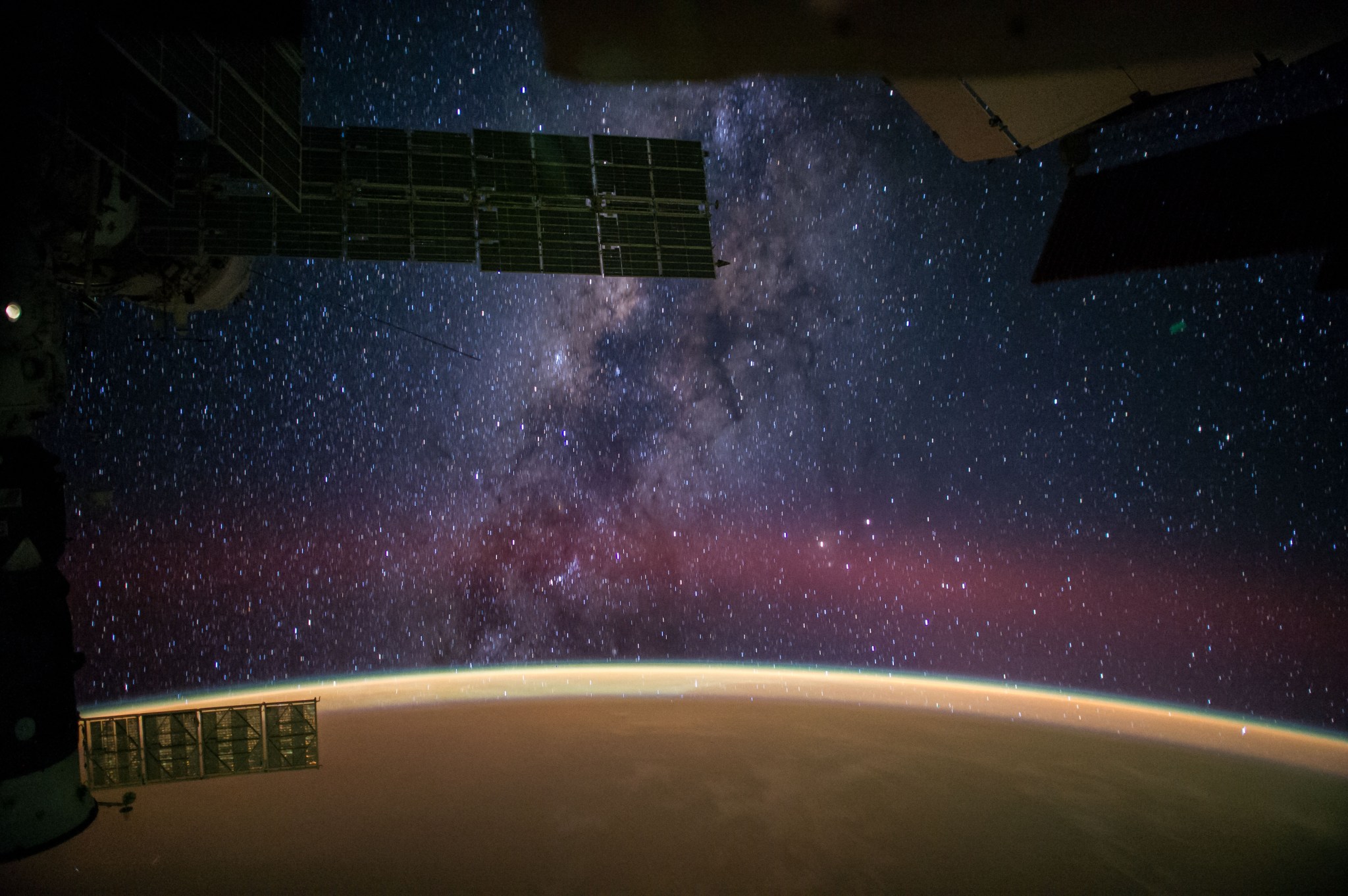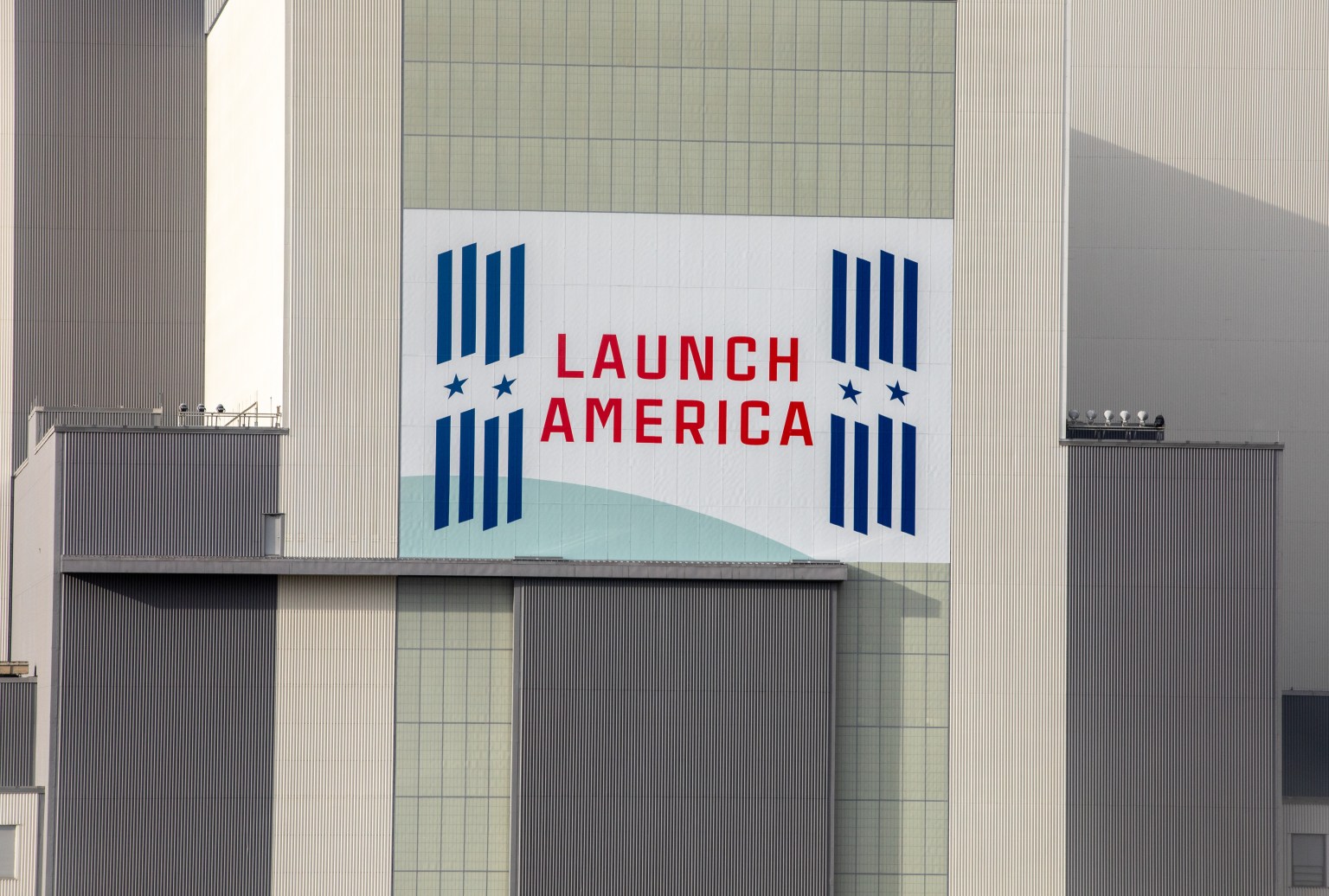
Unique Place
The International Space Station is a unique place – a convergence of science, technology and human innovation that demonstrates new technologies and makes research breakthroughs not possible on Earth.
International Space Agencies
Countries
The International Space Station is a Unique Place
The International Space Station is a unique place – a convergence of science, technology and human innovation that demonstrates new technologies and makes research breakthroughs not possible on Earth.
It is a microgravity laboratory in which an international crew of six people live and work while traveling at a speed of five miles per second, orbiting Earth every 90 minutes.

The space station has been continuously occupied since November 2000. In that time, 222 people from 18 countries have visited.
Crew members spend about 35 hours each week conducting research in many disciplines to advance scientific knowledge in Earth, space, physical, and biological sciences for the benefit of people living on our home planet.
The station facilitates the growth of a robust commercial market in low-Earth orbit, operating as a national laboratory for scientific research and facilitating the development of U.S. commercial cargo and commercial crew space transportation capabilities.

More than an acre of solar arrays provide power to the station, and also make it the next brightest object in the night sky after the moon. You don’t even need a telescope to see it zoom over your house. And we’ll even send you a text message or email alert to let you know when (and where) to look up, spot the station, and wave!
The space station remains the springboard to NASA’s next great leap in exploration, enabling research and technology developments that will benefit human and robotic exploration of destinations beyond low-Earth orbit, including asteroids and Mars. It is the blueprint for global cooperation – one that enables a multinational partnership and advances shared goals in space exploration.




























